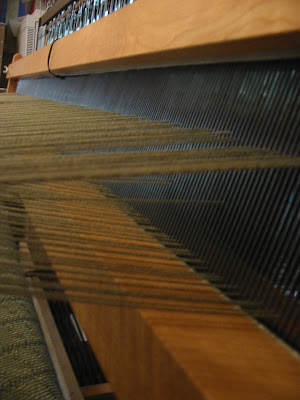What is 4H?
4-H is an organization for youth, ages 5-19, that promotes hands-on learning and is based on parent and volunteer participation. 4-H welcomes all youth and adult volunteers from all backgrounds in all locales.
The United States 4-H program is run through county Cooperative Extension offices, the state universities, the United States Department of Agriculture (USDA), and a variety of volunteer councils and foundations at the county, state, and national levels. In California, the 4H program is run through the University of California at Davis. That’s right! 4H is run by UCDavis - the same university where Calpaca has established a veterinary scholarship.
How do I get started?
To get started, find a club now and go to the next general meeting. Introduce yourself, and explain that you’re interested in starting an alpaca project next year. The CA 4H website can be found at
http://ca4h.org/4hinfo/proginfo/delivery.asp On that page is a menu to help locate the nearest club.
For me, someone with absolutely no prior exposure to 4H, it was helpful to go to a few meetings in the Spring to become familiar with the general meeting proceedings. I chatted with other project leaders and learned what to expect while managing an animal project. Showing up at these meetings also helped put the word out that an alpaca project was being planned for the coming year. The 4H calendar runs September to August (similar to a school year).
Each 4H club has a coordinator known as the community leader. This person acts as the contact point between the county-wide coordinator and their own club. He/she handles all the registrations, the training schedule, the monthly calendar, as well as informs the club of county-wide events. Make sure the community leader knows you are interested in becoming a project leader for the coming year. They will add you to the planning meetings which typically take place over the summer.
However, if it’s Fall or Winter when you decide to start a group, you can still start one for that year. The community leader will be your best resource. If you’ve missed the one-time required training session offered in your region, you will simply pair up with a leader from another project.
Becoming a 4H leader is relatively easy. Each leader must fill out an application and get a background check done. New this year is that each project is required to have two certified adults at all project meetings. In my project, my co-leader is a parent who has run the leadership gauntlet but isn’t managing a project of her own this year. California 4H also has restrictions on the age of children joining animal projects. Alpacas are not on the pre-approved list for children younger than 9 (children 5-8 are called Clovers).
What do we do in an Alpaca Project?The scope of any project is at the discretion of the leader. In my case, I took lead from the kids in my project. The agenda I set at the beginning included visiting one local AOBA alpaca show; explaining basic care, feeding, and anatomy; discussing fiber (attributes of each type, differences in quality, basic processing steps, finished goods, tour of a farm store); and demonstrating obstacle performance. Each meeting began with the educational lesson (maybe 30 minutes) followed by the students catching, haltering, and walking their assigned alpaca. When we began the obstacle performance demonstrations, everyone participated with their alpaca. Of all of the lessons, this was the one that my group of kids this year decided they liked best. I’ve had a few other girls approach me about offering an alpaca fiber project and may do that next year in addition to this alpaca performance project.
In conclusion…
The end of the 4H year concludes with the students filling out a "year end project report" called a Project Report. As 4H students they also have a form called a PDR (Personal Development Report) that covers their entire work with 4H. As this is my first year with 4H and we are not yet at the end of it, I can only say that I’m going to be relying a lot on the experienced leaders to help me help my students get these reports completed! I do know this: I’m very glad I just jumped in. These kids love working with the alpacas! If only we could read the animals’ minds, I’m sure they’d say they love it too!






















.JPG)
.JPG)
.JPG)



.jpg)



 I used UKI Bamboo (aka Bamboodle) from
I used UKI Bamboo (aka Bamboodle) from 



